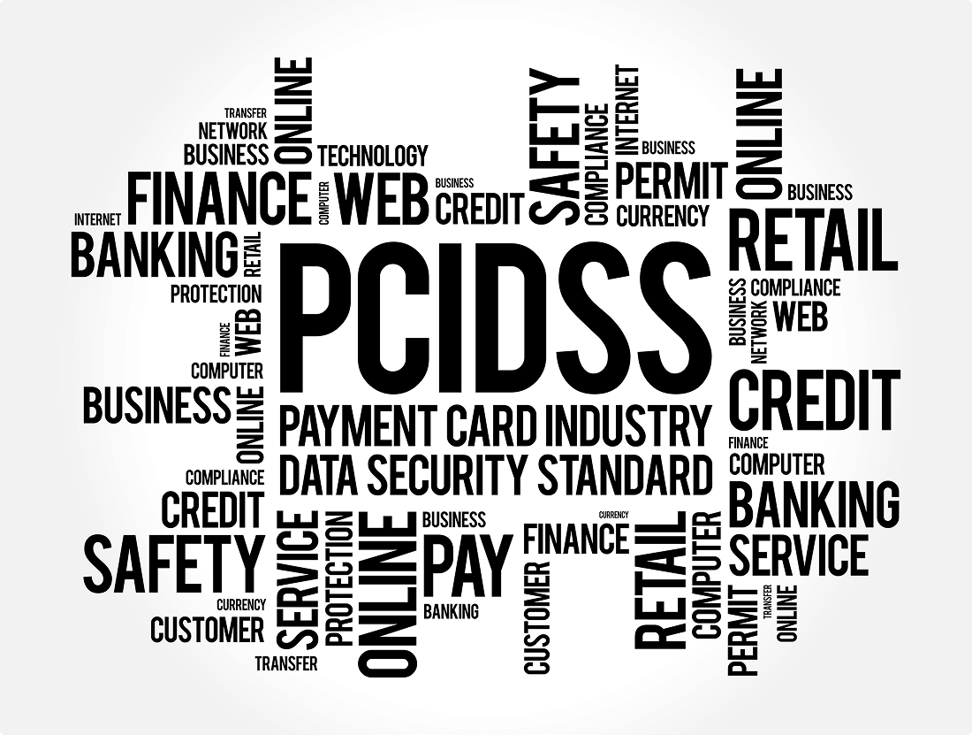Summary
PCI DSS v4.0 replaced v3.2.1 on March 31, 2024. Many of the 64 “new” requirements were labeled “future‑dated” and become mandatory after March 31, 2025. A limited‑revision v4.0.1 (June 2024) clarified language but did not add new requirements. If you store, process, or transmit card data—even via a hosted checkout—you’re in scope.
What changed and when
- March 31, 2024: v3.2.1 retired; assessments now on v4.x.
- March 31, 2025: 51 future‑dated v4.0 requirements move from “best practice” to mandatory (varies by merchant type/service provider).
- v4.0.1 (June 2024): Clarifications/formatting; no additional or deleted requirements.
- New SAQs for v4.0.1 were published (Oct 2024).
What this means for SMBs (examples—not legal advice)
If you use a standalone IP‑connected EMV terminal with no storage, your SAQ may resemble B‑IP or P2PE (if using a validated P2PE solution). If you key via a web‑based virtual terminal, you’re likely in SAQ C‑VT. If you host parts of your e‑commerce payment page (scripts/iframes), you may be in SAQ A‑EP; fully‑outsourced hosted checkout can fit SAQ A. Confirm using the current SAQ guidance.
Ten focus items to complete before March 31, 2025
-
Roles and responsibilities documented for each control family (v4 requirement).
-
Annual scope confirmation and network diagrams including segmentation and CDE data flows.
-
MFA for admin access and remote access; strengthen auth per v4.
-
Harden scripts and e‑commerce pages (integrity controls, change detection).
-
Build/patch cadence aligned to vulnerability management SLAs; authenticated internal scans.
-
Logging and monitoring with tamper resistance and retention; review procedures.
-
Incident response tabletop including third‑party PSP/gateway contacts.
-
For e‑commerce, reduce scope via network tokenization and hosted fields when possible.
-
If you rely on vendors (POS, gateways, MSPs), capture their AOC/attestations and versions.
-
Use PCI’s Prioritized Approach Tool (v4.0.1) to stage work in business‑friendly tranches.
How your providers can help
• Clover review — validated devices, semi‑integrated flows, P2PE options to shrink scope (still need policies, training, and SAQ).
• Leaders Merchant Services review — PCI portal, SAQ help, and gateway settings (tokenization, 3‑D Secure) for CNP.
• Stax review — e‑commerce tools, tokenized vault, and recurring billing with PCI‑aware workflows.
• Payment Depot review — interchange‑plus pricing plus PCI support; confirm SAQ fit by environment.
• Merchant One review — small‑business onboarding and PCI program; check SAQ mapping and scan requirements.
• Worldpay review — enterprise‑grade tokenization, recurring, and fraud tools with documented PCI materials.
• Swipe4Free review — ensure surcharging/dual‑pricing apps maintain EMV/P2PE posture and do not break SAQ assumptions.
Sources
PCI SSC announcement on v3.2.1 retirement and v4 timing.
PCI SSC blog: 51 future‑dated requirements due March 31, 2025; v4.0.1 context.
PCI Document Library (v4.0.1, Quick Reference Guide, Prioritized Approach).
SAQs for v4.0.1 bulletin (Oct 2024).








